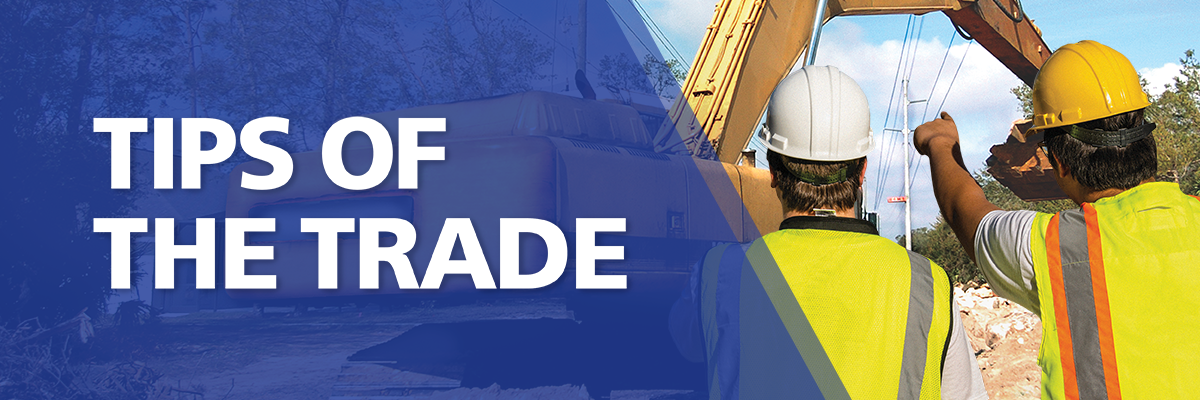|
 |
| Natural Gas Pipeline Hazards |
|
| Natural gas pipelines have a proven record of safety, but pipeline failures can and sometimes do occur. Why do these failures happen and how should you recognize and respond to them?
|
Order our FREE worker safety training kit on the Unitil
e-SMARTworkers website. |
|
|
|
|
| How Gas Pipelines Fail |
| Damage by outside forces, often by someone digging into a pipeline, is the largest single cause of natural gas pipeline failure. Incidents also may occur due to corrosion, material failure, equipment failure, or other causes. |
| Hazards associated with a pipeline failure and gas release may include blowing gas, line rupture, fire, explosion, or (if gas is present in a confined area), possible asphyxiation. |
| You can help avert natural gas pipeline hazards by learning to recognize and respond to gas leaks and pipeline damage. |
| Gas Leak Recognition |
| Gas leaks may smell like sulfur or rotten eggs. But in some cases, this odor is not apparent. So don’t rely on your nose alone. Look and listen for other signs, such as hissing or roaring sounds; dirt spraying or blowing into the air; continuous bubbling in water; dead/dying vegetation in an otherwise green area; an exposed pipeline after a fire, flood, or other disaster; or a damaged connection to a gas appliance. |
| Leak and Damage Response |
| If you suspect a gas leak, or if equipment contacts a gas line, take these steps: |
| 1. |
Evacuate the area immediately, including nearby buildings. Warn others to stay away. |
|
| 2. |
Leave the excavation open, and do not attempt to stop the flow of gas or fix the pipeline. |
|
| 3. |
Do not light a match, start an engine, or operate any electrical device—even a phone. A spark could ignite the gas. |
|
|
| 5. |
From a safe location, call 911 and then Unitil in your state at the emergency number below. Call even if damage is a minor gouge, scrape, or dent to a pipeline, its coating, or a wire attached to or alongside the pipe. |
|
| 6. |
Stay away from the area until safety officials say it is safe to return. |
|
| 7. |
Report the incident to your supervisor. |
|
|
| Would You Like to Know More? |
| Additional utility safety tips, case studies, instructional videos, and training tools can all be found, at no charge to you, on Unitil’s e-SMARTworkers website. |
|
